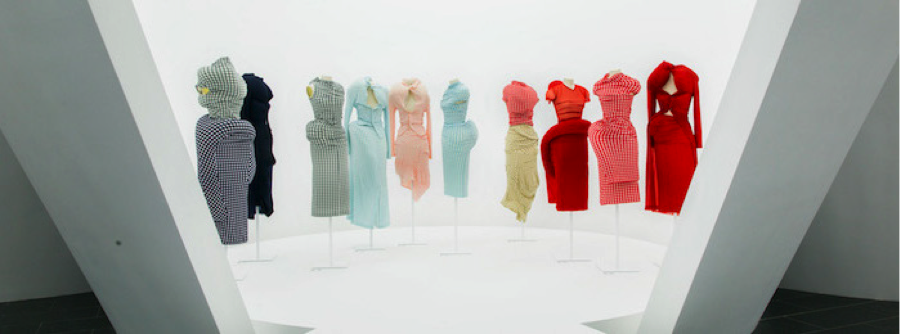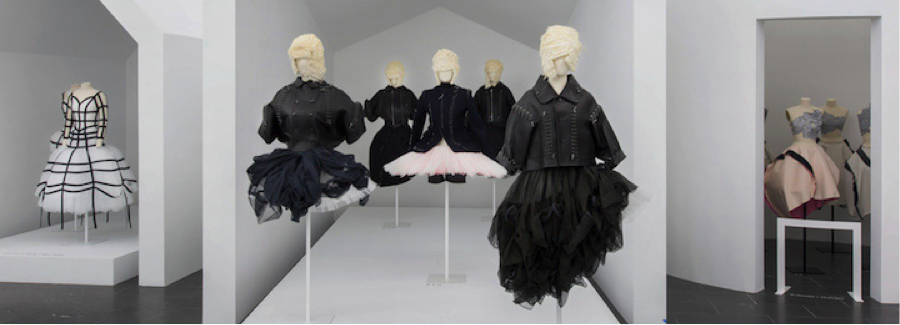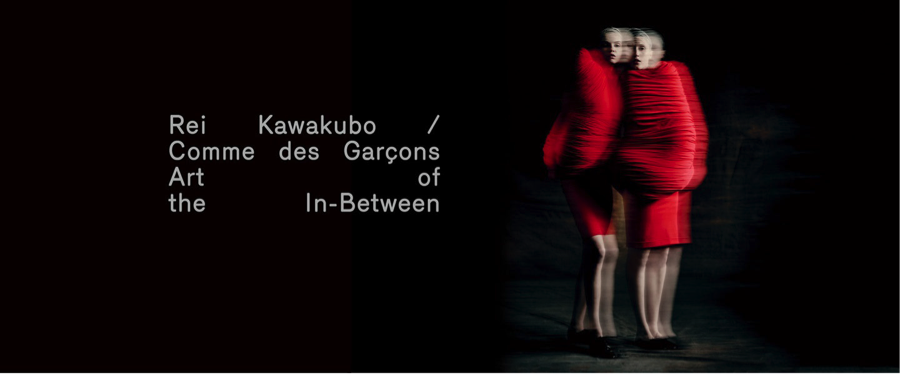Dakota Blackman

The Metropolitan Museum of Art is a classic tourist destination in New York, overflowing with a sweeping collection of art that traverses time periods and cultures. Among the classics, which include the Greco-Roman sculpture hall, or a collection of European paintings from Rembrandt to Gauguin, is a more modern draw: the Costume Center.
Founded in 1946 with the help of funds from the fashion industry, and reopened in 2014 as the Anna Wintour Costume Center, it focuses on the intersection between fashion and art in both the present day and the past. The Center consists of a range of works throughout the museum, from nineteenth century dresses and trousers to the museum’s comprehensive collection of medieval armor. More well-known efforts of the Center include dedicated gallery spaces for thematic exhibits such as Alexander McQueen’s Savage Beauty in 2011, and an exploration of the punk movement in PUNK: Chaos to Couture in 2013. Former First Lady Michelle Obama, who cut the ceremonial ribbon at the 2014 reopening, describes the Costume Center as a place “…for anyone who cares about fashion and how it impacts our culture and history.”
Along the lines of the former First Lady’s words, the work of Rei Kawakubo, the designer behind the clothing label Comme des Garçon, is currently on display in a thematic exhibit at the Costume Center. Among works of art that are defined by the very notion of convention, Kawakubo’s Art of the In Between is presented as an exhibit that pushes against the conventions of classic art, of culture, and of fashion itself.

Kawakubo’s commentary on, and pushback against, the norms of fashion has long been a hallmark of her company’s work, and it is exemplified in both the layout and garments on display in Art of the In Between. The architecture of the gallery, which was designed by Kawakubo herself, isn’t simply dress forms on display behind panes of glass; the exhibit has museum-goers weave through a maze of snow white architectural anomalies—domes, pods, hollowed cylinders with small methodically placed cutouts—to catch a glimpse of the garments inside.
The bright white architecture provides a stark contrast to the vibrantly colored and uniquely shaped garments, which undoubtedly fulfill the goal of the Costume Center by turning a commentary on culture and fashion into art. The exhibit is divided into ten parts, all of which present two sides of a defined binary within which the garments exist: Clothes/Not Clothes, Design/Not Design—and, perhaps most notably, Fashion/Anti-fashion—to name a few. The titles of individual exhibit sections help to align the viewer with the question posed by Kawakubo and how her garments seek to answer it.
Kawakubo isn’t afraid to tackle big issues, and in the exhibit, she explores class, time, age, gender, and even the human form. High/Low, for example, juxtaposes the styles of bikers and prima ballerinas: the dress forms donned in skewed black tutus under meticulously cut leather jackets. This section questions class, placing the garments in the intersection between the high, or elite, and the low. In another section, titled Object/Subject, Kawakubo’s “Dress Meets Body, Body Meets Dress” collection from the 1970s is on display. Kawakubo wraps ginghams and pastel pinks and blues around dress forms augmented with intentional but unnatural masses distributed throughout their forms, producing pseudo-dresses. These lumps and bumps, as the collection has been deemed by critics, are reminiscent of those formed by a child stuffing a pillow in their shirt to grow a pretend belly. The garments encapsulate the heart of the exhibit, creating a completely new human form and challenging viewers to reorient their view of what a standard, conventionally fashionable garment can and should do. In an interview with Vogue at the time of the collection’s release, Kawakubo said, “It’s our job to question convention. If we don’t take risks, then who will?”
True to her word nearly fifty years later, Kawakubo has continued to take risks. The garments in Art of the In Between are not particularly beautiful, at least not by conventional standards, but it is clear that beauty is not Kawakubo’s goal. She rips fabric, forms “lumps and bumps,” and even mixes plaids (a fashion no-no). But there is a new kind of beauty within her garments, and within Art of the In Between as a cohesive unit. They play with norms in a way that is both mischievous and thought-provoking, and—most importantly—refreshingly accessible to those casually interested in fashion, in art, or both. Art of the In Between will be on display at the Met through September 4.

